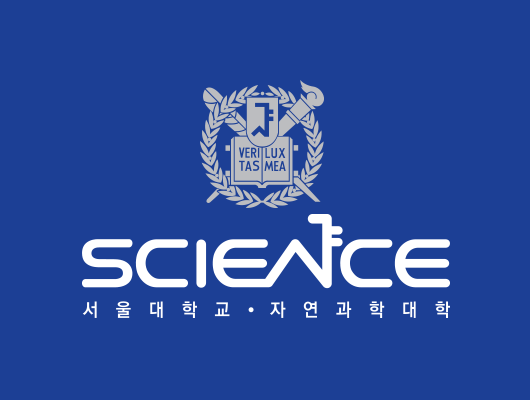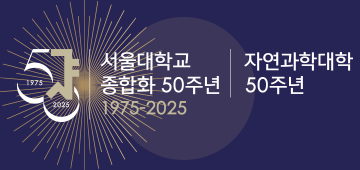수업
뇌과학세미나 초청세미나 11.30(목) 연사: 서울대 의과대학 생리학교실 김상정 교수님
2023-11-27
- Abstract :
Clinical studies have revealed that the cerebellum is activated by noxious stimuli or pathological pain, and its removal results in somatosensory dysfunction. However, the neural circuits and molecular mechanisms underlying the processing of noxious information in the cerebellum remain unknown. Using two-photon microscopy and optogenetics in mice, we found that the locus coeruleus (LC) terminals in the cerebellar cortex release noradrenaline (NA) in response to cutaneous noxious electrical stimuli. Most Bergmann glia (BG) accumulated this LC-NA noxious information by increasing intracellular calcium in an integrative manner. This global calcium activation of BG, referred to as “flare,” was also elicited in response to an intraplantar capsaicin injection. Chemogenetic inactivation of LC terminals or BG in the cerebellar cortex suppressed BG flares and reduced licking, a nocifensive behavior associated with capsaicin-induced pain. BG-specific knockdown of α1 adrenergic receptors also suppressed capsaicin-induced BG flares and licking. Additionally, these BG manipulations displayed analgesic effects on chronic neuropathic pain caused by nerve injury. Finally, chemogenetic activation of BG or an intraplantar capsaicin injection reduced Purkinje cell firings, which may disinhibit the output activity of the deep cerebellar nuclei. These results suggest that BG in the cerebellar cortex plays an essential role in computing noxious information ascending from the LC and modulating pain-related behaviors by controlling the activity of the cerebellar neural circuits.



